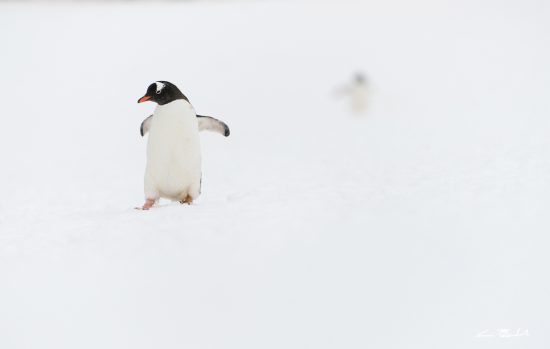
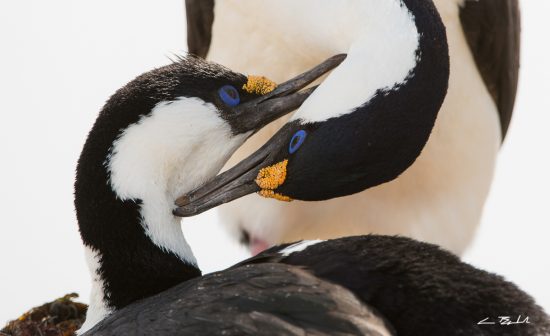
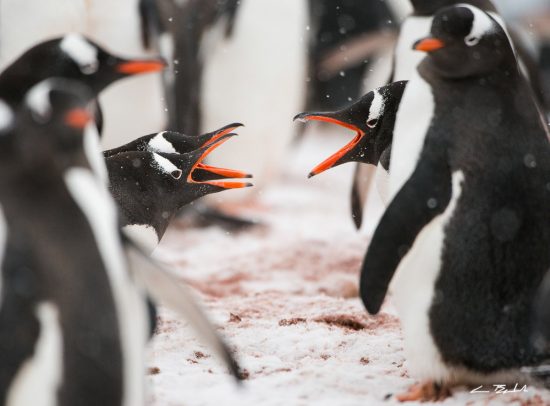
Birding in Antarctic waters by Jonathan Björklund (Website | Instagram):
With the on-going discussion about the future of Nikon, let’s not forget that the current cameras and lenses are great tools. I surely hope Nikon gets back on the right track, and in the meantime I spend my time out in the field with my fantastic Nikon gear, you should too! Anyhow, long story short.
Over the past three years I have been to Antarctica two times. One time as a photography tourist, on board the smallest vessel operating in Antarctica, and one time as an expedition guide and photographer, on board the biggest vessel operating in Antarctica. Before embarking to Antarctica, I have visited both south Argentina and Chile.
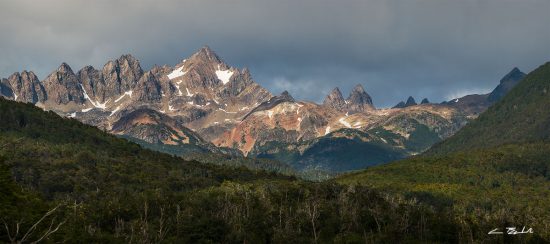
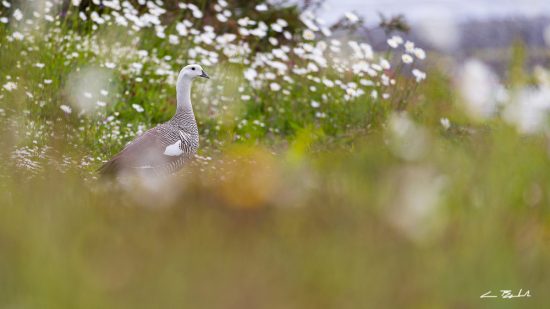
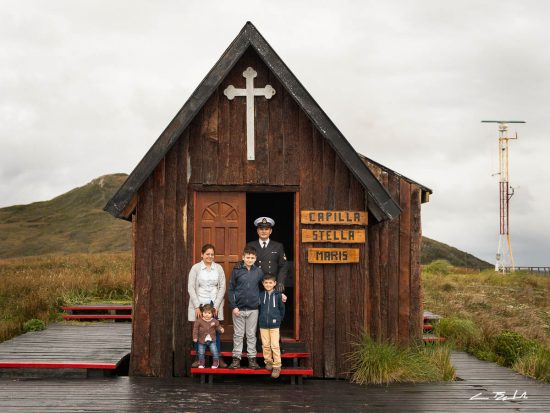
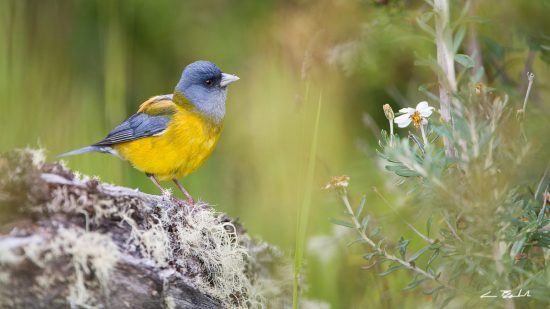
Southern Argentina and Chile are a birders paradise. You’ll find species like the Magellanic Woodpecker, Patagonian Sierra-finch, Upland Geese, Long-tailed Meadowlark and many more. They are found throughout the different landscape surrounding the Andes mountain range, from old forests, across open plains and into the mountains themselves.

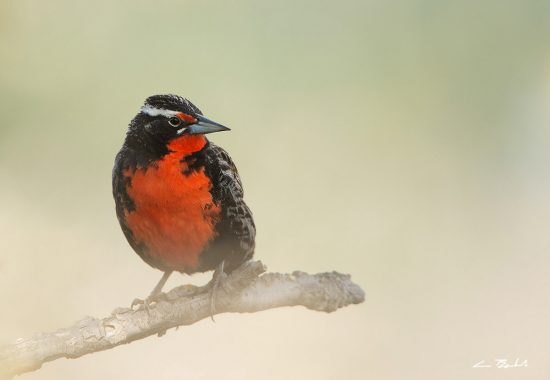
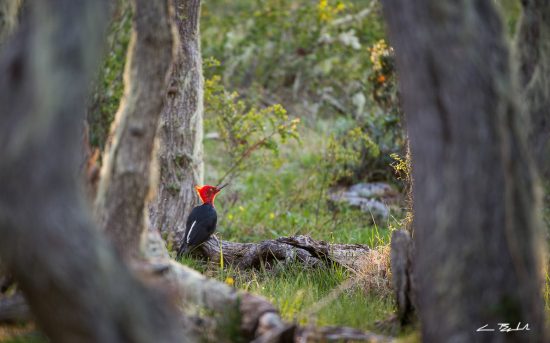
To get to Antarctica you either sail from Punta Arenas in Chile, or Ushuaia in Argentina. When the ship set sail you sail through South American fjords towards the Drakes passage. Before crossing the Drakes, if the weather allows for it, you try to land on Cape Horn, South America’s most southerly point. Here lies a Chilean Navy station, and a Chilean family lives here for a full year until the next family release them.
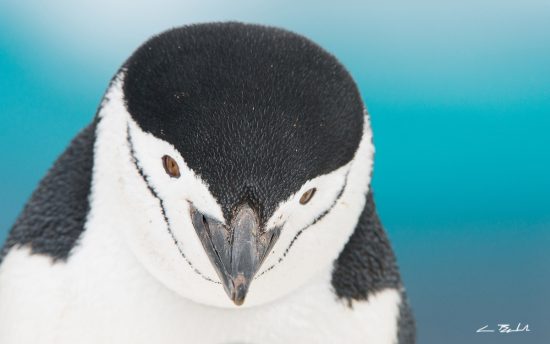
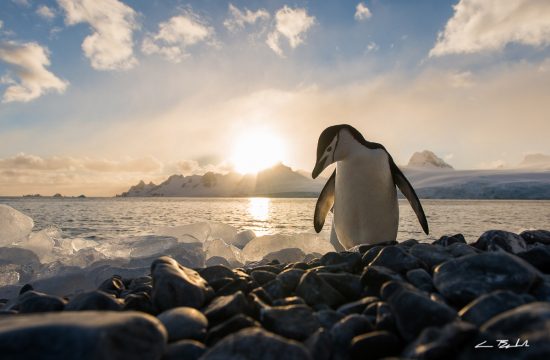
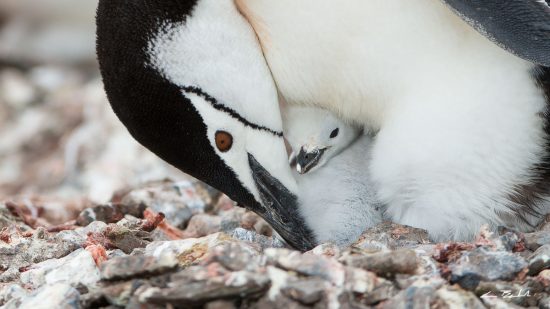
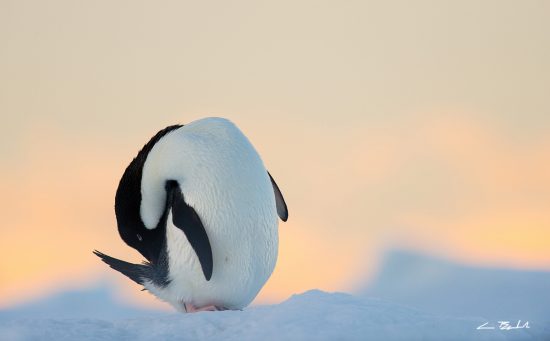
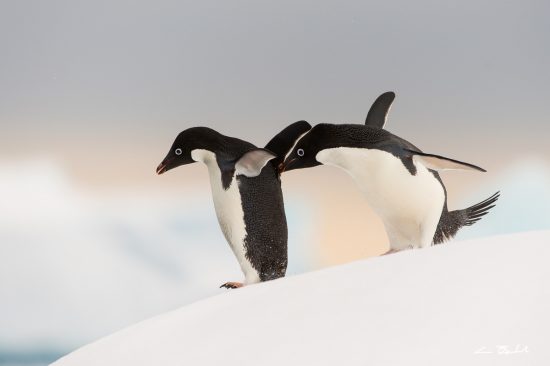
Crossing the Drakes can be a rough experience, and the sailing typically takes 1,5-2,5 days depending on the size of the ship. The weather conditions holds typically strong winds and high waves. Luckily for me there have been good weather on both my visits to Antarctica. After the Drakes you first reach the South Shetland Islands and locations like Deception Island, Half Moon Island and Livingston. If you sail even further south you will pass the Antarctic Circle and enter the true Antarctica. Above or below the Antarctic Circle you go here for two reasons: landscapes with ice, and penguins!
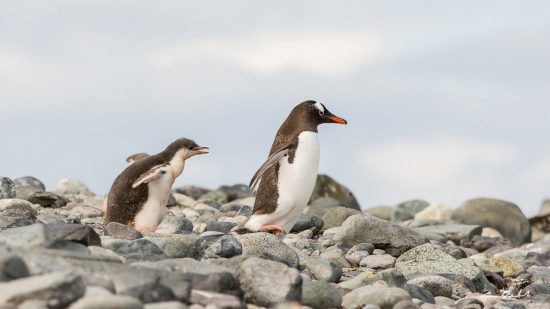
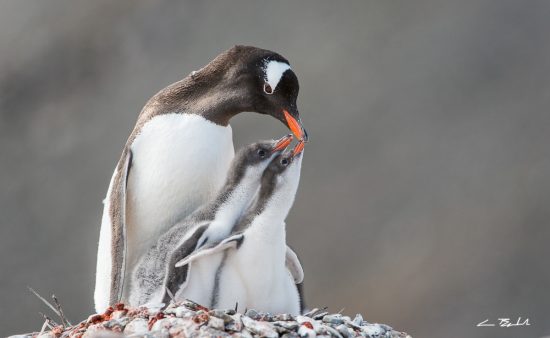
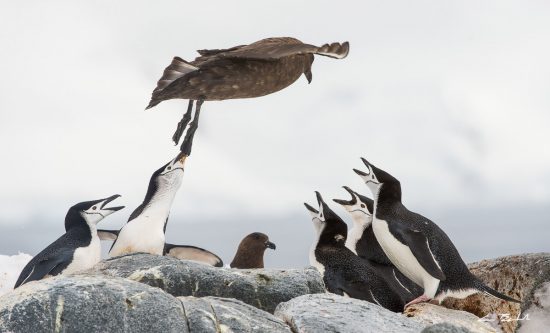
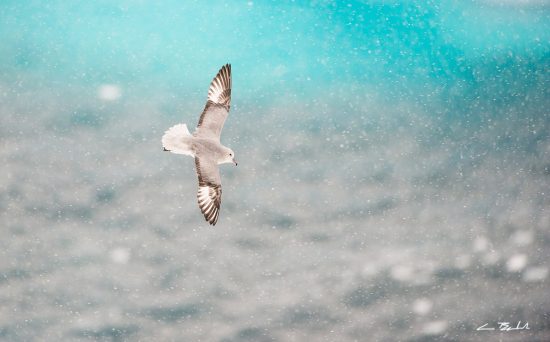
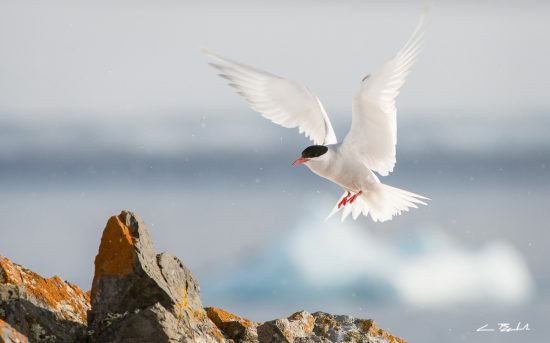
There are four species of penguins in Antarctica: the Gentoo, Adélie, Chinstrap, and Emperor penguins. On these trips you typically don’t see the emperors. But the ones you see are cute but peculiar creatures. You should always keep a good distance from the penguins (minimum 5 metres), but they are curious and might eventually walk up to your side and stay there for a while. There are some major traits for the penguins: Gentoo penguins has a red beak, Adélie penguins has a white ring around their eyes, and the Chinstrap penguins well they have a black line on their chins.
It is fun to observe the behaviour of the different Antarctic species, and you will see a lot of different behaviour. The penguins will fight for nest spots and they steal pebbles from each other’s nests. The most fascinating behaviour I saw, and captured a picture of, was the so-called food chase. When the penguin chicks have grown large enough the parents make the chicks run after them for as long as possible before giving food to the chicks. This is done to make sure the chicks become fit enough before they need to enter the oceans after the nesting season has ended.
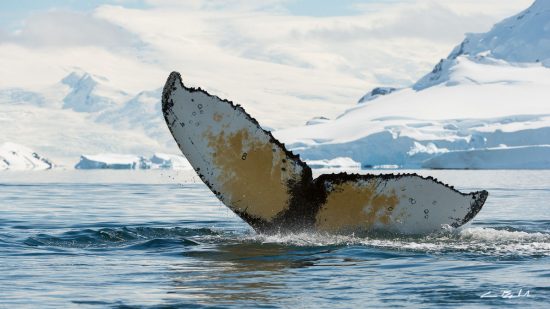
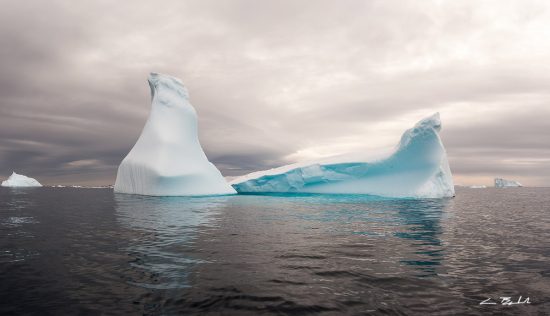
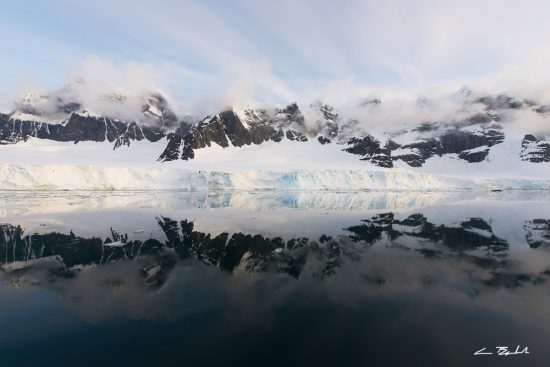
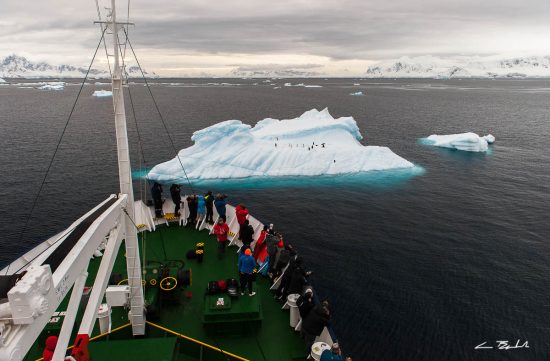
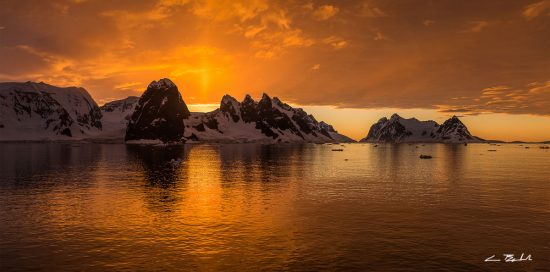
Penguin activity invites scavengers like the Antarctic Skua and the Giant Petrel. They will feed on dead penguins, penguin eggs, and penguin chicks. When the penguins go into the water they have to be on the lookout for Leopard seals and Orcas. During the Antarctic summer different species of whales come down to the Antarctic waters to feed. We saw a lot of Humpback whales, feeding, playing, and jumping out of the water.
When sailing from one location to another you get to see majestic icebergs, and if you go out of bed early or go to sleep late you can get colourful sunrises and sunsets too. If the winds are strong enough there will be albatrosses flying around the ship.
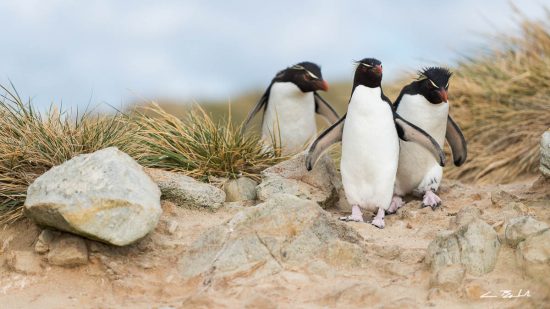
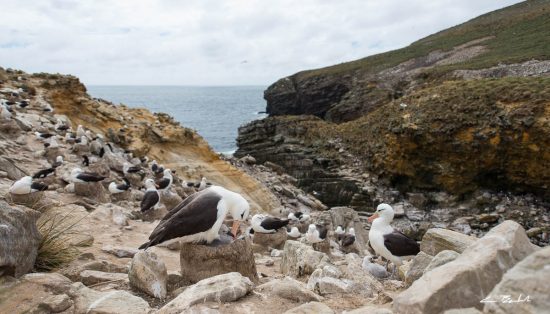
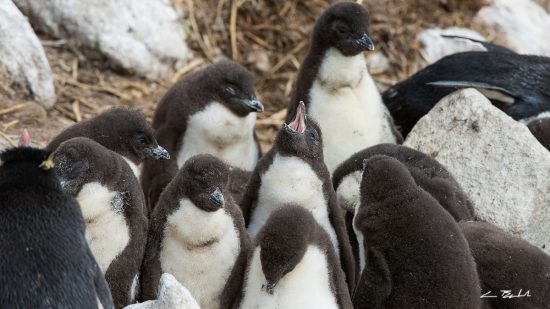
On my latest trip to Antarctica we visited the Falkland Islands on our way back to Chile. The Falkland Islands are home to several species of penguins but also albatrosses. We had a great landing at New Island and visited the Black-browed Albatross colony as well as a Southern Rockhopper penguin colony.
The trips are typically 2-2,5 weeks long and it is not nearly enough to capture everything you see. I think I will have to go back again 🙂
If you have an interesting idea for a guest post, you can contact me here.






